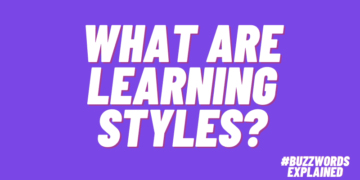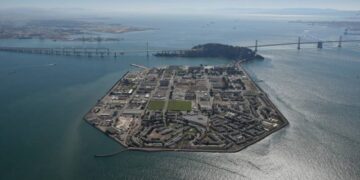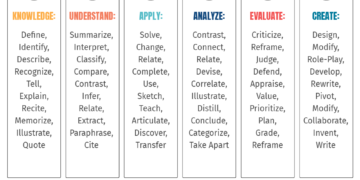
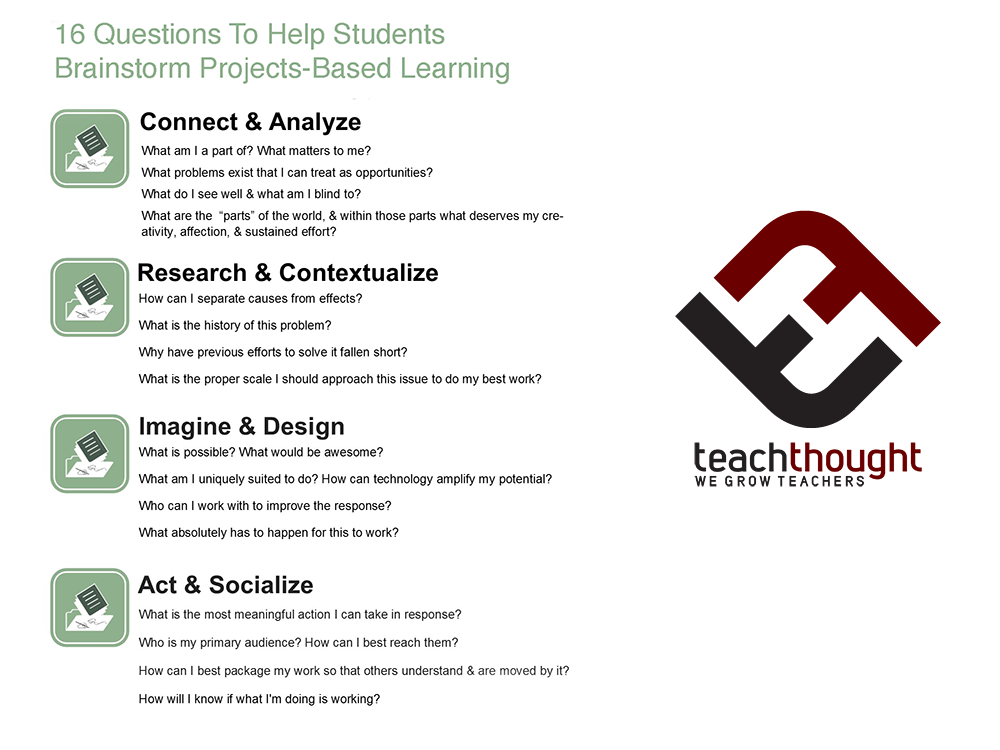
by Terry Heick
We’ve written about inquiry-based learning in the past, as well as its mother project-based learning, and its more complex cousin self-directed learning.
So it made sense to take a look at challenge-based learning–the process of anchoring the learning process through problems–usually local, authentic, and personal to the student. This is a kind of place-based education that takes a project-based approach that begins and ends with the student and their respective and self-examined citizenships.
More on this idea soon. For now, the stages and questions.
See also Types Of Project-Based Learning
16 Questions To Help Students Brainstorm Problem-Based Learning
Step 1: Connect & Analyze
Questions:
1. What am I a part of? What matters to me?
2. What problems exist that I can treat as opportunities?
3. What do I see well, and what am I blind to? How does my own perspective impact what I see?
4. Which ‘parts’ of the world would most benefit from my creativity, affection, and sustained effort?
Step 2: Research & Contextualize
Questions:
5. How can I separate causes from effects?
6. What is the history of this problem?
7. Why have previous efforts to solve it fallen short?
8. What is the proper scale I should approach this issue to do my best work?
Step 3: Imagine & Design
9. What is possible? What would have the largest impact? What would endure?
10. What am I uniquely suited to do? How can technology amplify my potential?
11. Who can I work with to improve the response?
12. What absolutely has to happen for this to work?
Step 4: Act & Socialize
Questions:
13. What is the most meaningful action I can take in response?
14. Who is my primary audience? How can I best reach them?
15. How can I best package my work so that others understand & are moved by it?
16. How will I know if what I’m doing is working?

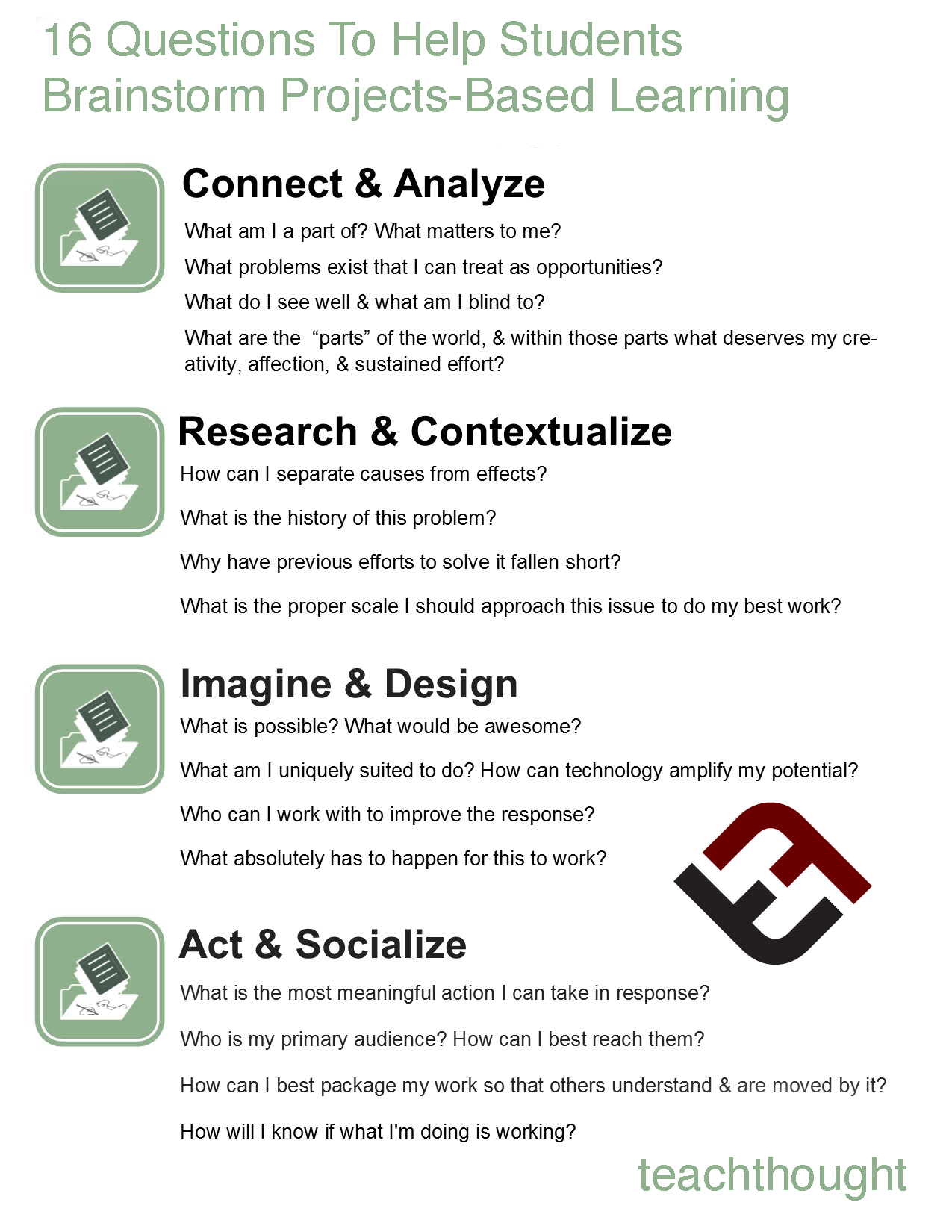
16 Questions To Promote Problem-Based Learning



